Aaaanyway, while I was bringing myself up to speed (speedily) on the history of American crime fiction, I noticed something…interesting. Lots of detective/crime/mystery writers were named “Dorothy.”
And like I said, it’s April, and the Dorothy in my life (my Grandma Dorothy) would be 99 this month if she were alive today. She was vivacious, she was dynamic, she commanded attention and was loved by friends and family alike. And she loved a good story.
So, in honor of my Grandma Dorothy and her April birthday, I hereby introduce you to six Dorothys of crime fiction:
Dorothy Cannell
Born in London in 1943, Cannell moved to
America when she was twenty years old. Known for her Ellie Haskell
series of novels (of which there are 14, so far), the first Haskell
novel- The Thin Woman
(1984)- was selected as one of the “100 Favorite Mysteries of the
Twentieth Century” by the Independent Mystery Booksellers Association.
Dorothy Salisbury Davis
As Sarah Weinman has explained in her recent anthology Troubled Daughters, Twisted Wives,
women were in the forefront of the nascent crime fiction genre in the
first half of the 20th century. Davis, now 98, was one of these
pioneers, and published her first crime novel, The Judas Cat,
in 1949. She is particularly known for her masterful handling of
psychological suspense. In 1956, she served as the President of the
Mystery Writers of America and was declared a Grand Master in 1985.
Dorothy B. Hughes
I recently read Hughes’s In a Lonely Place (1947), one of her most popular books, and boy
was it creepy and haunting and absolutely wonderful. Hughes is
particularly known for her “hardboiled” and “noir” style. Three of her
novels were turned into films, and she received an Edgar Award from the
MWA in 1951; the Grand Master award followed in 1978. A reviewer and
literary critic as well, Hughes was versatile and immensely talented.
She died in 1993.
Dorothy L. Sayers
Born in England in 1893, Sayers
established herself as a major mystery and crime writer in the 1920s and
’30s with her series featuring the fictional detective and aristocrat
Lord Peter Wimsey. Sayers devoted much of her later life, though, to
drama, poetry, literary criticism, essays, and translations, including
that of Dante’s Divine Comedy. She died in 1957.
Dorothy Simpson
Born in Wales in 1933, Simpson won the
Silver Dagger Award from the Crime Writer’s Association of Great Britain
in 1985 for her novel Last Seen Alive.
Before turning to writing, Simpson had worked as an English and French
teacher, and then as a marriage counselor. Simpson created the popular
Inspector Thanet series, which includes 15 novels so far.
Dorothy Uhnak
Uhnak, an American crime novelist,
started off as a detective for the NYC Transit Police Department before
turning to writing. Her first novel The Bait
(1968) won her the Edgar Award in 1969. Many of Uhnak’s novels were
turned into TV movies and were bestsellers. She died in 2006.
(first posted on Book Riot 4/17/14)
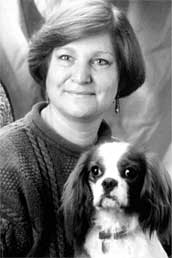
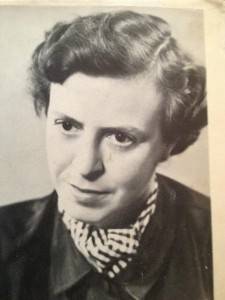
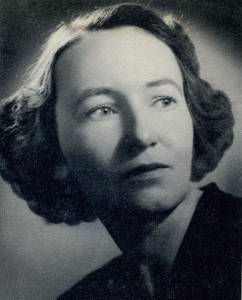
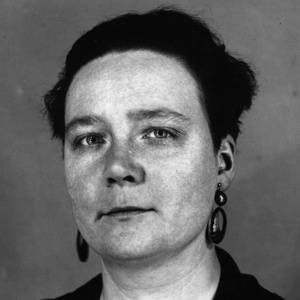
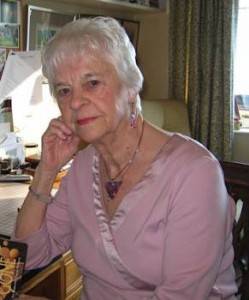
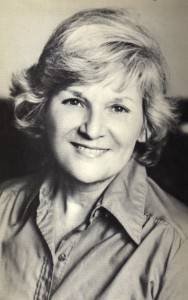
No comments:
Post a Comment